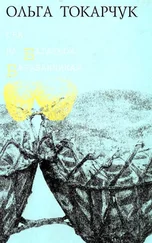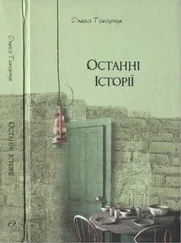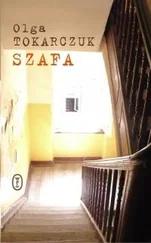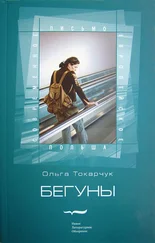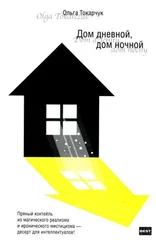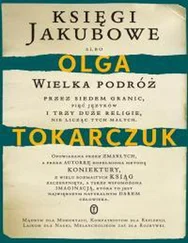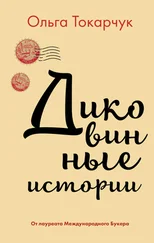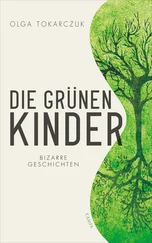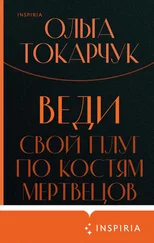For Christmas he got from his father a small plastic miniature that couldn’t possibly compare with the original, it was more like a statue of a divinity, a painful reminder of the existence of the real thing.
Little Blau had a very developed spatial imagination, which would help him later in anatomy. Thanks to his imagination he assumed control over the Glasmensch’s invisibility. He was able to highlight in his body what seemed worth paying attention to at any given moment, making vanish what seemed irrelevant for that time. Hence the glass figure was sometimes a man made of tendons and muscles, without skin, without a face; simply a weave of muscles, chords pulled completely taut, bulging from the effort. Without even knowing himself when it happened, little Blau learned all there was to know about anatomy. His strictly minded and demanding father looked on proudly, already seeing his son’s future in very concrete terms – he would be a doctor, a scientist, a scholar. For his birthday the boy received beautifully coloured anatomical plates, and the Easter bunny brought him a life-sized human skeleton.
In his early years, at university and right afterwards, Blau travelled often. He visited almost every available anatomical collection. Like a rock groupie he followed von Hagens and his satanic exhibition around, until finally he met the master in person. His travels were circular, wending their way back to their point of departure, until it became clear that their aim was not far off, but rather here, on the inside of the body.
He studied medicine but rapidly got bored of it. He wasn’t interested in diseases, much less so in curing them. Dead bodies don’t get sick. He only really participated in his anatomy classes, where he volunteered for the exercises the frightened, simpering girls never wanted to do. He wrote a paper on the history of anatomy and married a classmate, whose specialization in paediatrics resulted in her spending most of her time at the hospital, which suited Blau just fine. When she got what she’d been angling for and gave birth to a daughter, Blau, now Assistant Professor at the Academy, started going off to conferences and on residencies, so she found herself a gynaecologist and moved with the child into his big house with its clinic in the basement. In this way they managed to bring to fruition a certain complete segment of human procreation.
In the meantime, Blau wrote a terrific dissertation entitled ‘The Behaviour of Pathological Samples Under Silicone Plastination: An Innovative Supplement to the Teaching of Pathological Anatomy’ . His students nicknamed him Formaldehyde. He researched the history of anatomical samples and the preservation of tissues. He visited dozens of museums in search of material for his work, finally settling down in Berlin, where he got a good job cataloguing the collections of the Medizinhistorisches Museum, newly being created.
He arranged his personal life neatly, unproblematically. He felt decidedly better living alone; he quelled his sexual urges with his students, whom he would first feel out by inviting them for coffee. He knew it wasn’t allowed, but he was operating on the sociobiological premise that the university was his natural hunting ground, and that these women were, in the end, adults who knew what they were doing. He looked good – he was handsome, clean-cut, clean-shaven (from time to time he let his beard grow out, keeping it neat, of course), and they were curious as magpies. It didn’t seem he was cut out for romance. He always used protection, and his needs were modest, since the vast majority of his drive underwent a kind of spontaneous sublimation. Thus with this realm of his life there was no problem, no dark side, no guilt.
At first he thought of his new job at the museum as a respite from the teaching he had done before. When he would walk into the courtyard of the Charité complex, among the manicured lawns, the fancifully trimmed trees, he would feel that he had found himself in a place that was in some sense outside time. He was in the very centre of a huge city, but no noise, no rush, could reach in here. He would feel relaxed, and he would whistle.
He’d spend his free time mainly in the massive basement of the museum, which was connected underground to other buildings belonging to the hospital. Those passageways tended to be cluttered with shelves, old dusty display cabinets, armoured cupboards that once held God knows what and that had wound up here, empty, who knew when. But some of the corridors were traversable, and after a while, after making copies of a few keys, he learned to move through them through the whole complex. This was how he travelled daily to the cafeteria.
His work consisted in dusting off jars of samples or exhibits otherwise preserved from the murky depths of the museum’s stores, and in their expert identification. He was greatly aided in this task by old Mr Kampa, who had long since reached retirement age, but whose contract got extended year after year because there was no one else who would have been able to navigate those massive stores.
They put shelf by shelf in order. Mr Kampa would first carefully clean the tops of the jars, making sure not to damage their labels. They learned to decipher together the beautiful old sloping handwriting. Usually the label included the Latin name for the part of the body or the disease, as well as the initials, sex and age of the original owner of the organs the sample was presenting. Sometimes an occupation was given. Thus they learned that this magnificent intestinal tumor had been in the belly of a seamstress, A.W., aged 54. Often, though, the information was imprecise, the labels largely worn away. In many cases by the chipped sealant applied to the lids for samples in alcohol air got in, and the liquid clouded, and it enveloped the specimen inside in a dense fog – in those cases the specimens had to be destroyed. A committee made up of Blau, Kampa and two of the people who worked upstairs in the museum would meet and establish this in writing. Then Mr Kampa would take these pieces of human bodies, extracted from their jars, ruined, to the hospital crematorium.
Some of the specimens required special care (when their container had been damaged). Then Blau would take it to his little laboratory and there, with the utmost care, transfer it to a cleansing bath. Then, after careful examination, and after taking samples (which he would freeze), he would place it in a new container of the finest quality, in a modern solution that he prepared himself. And so although he could not provide the specimens with immortality, he was at least able to lend them a much longer life.
Of course it wasn’t only specimens in jars here. There were also drawers full of undocumented pieces of bones, kidney stones, some fossils; there was a mummified armadillo and other animals, in very poor condition. A small collection of shrunken Maori heads, masks made out of human skin – two extremely disturbing examples of these had also wound up in the crematorium.
Blau and Kampa dug out a couple of real archeological rarities here, too. They came upon, for example, four specimens from Ruysch’s renowned collection from the late seventeenth and early eighteenth century, a collection that had been dispersed, its fate unknown. Unfortunately, one of them, Acardius hemisomus , which could have been the gem of any teratological collection, had to be sent to the crematorium because of a crack in its glass receptacle – there was no way of saving it. The committee, seeing the specimen in its state of considerably advanced decay, did consider briefly whether in such cases there ought not to be some type of funeral arranged.
Blau was overjoyed at this discovery because it enabled him to run a number of tests on the famous preservation concoction of Frederik Ruysch, the Dutch anatomist of the late seventeenth century. This solution was exceedingly effective for its time – it managed to maintain the natural colour of the specimen, as well as keeping it from swelling, which was otherwise the bane of that era’s fluid preservation. Blau found that in addition to brandy from Nantes and black pepper, it also contained ginger root extract. He wrote an article and joined in the old debate on the ingredients of ‘Ruysch’s solution’, that Stygian liquid intended to ensure immortality through immersion, at least for the body. From that time forward Kampa started calling their underground collections ‘pickles’.
Читать дальше

